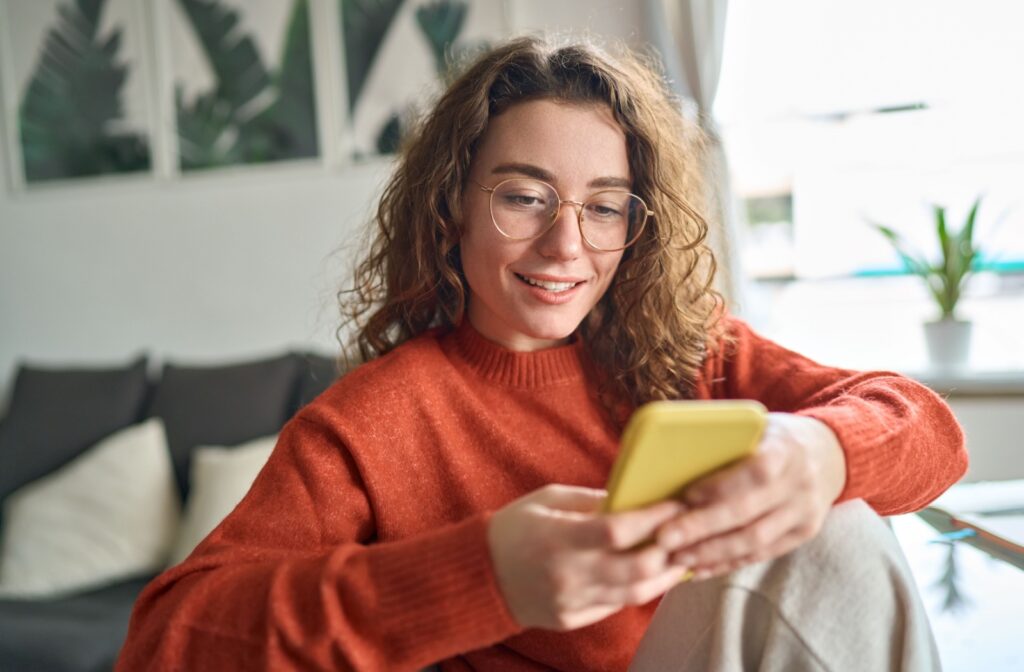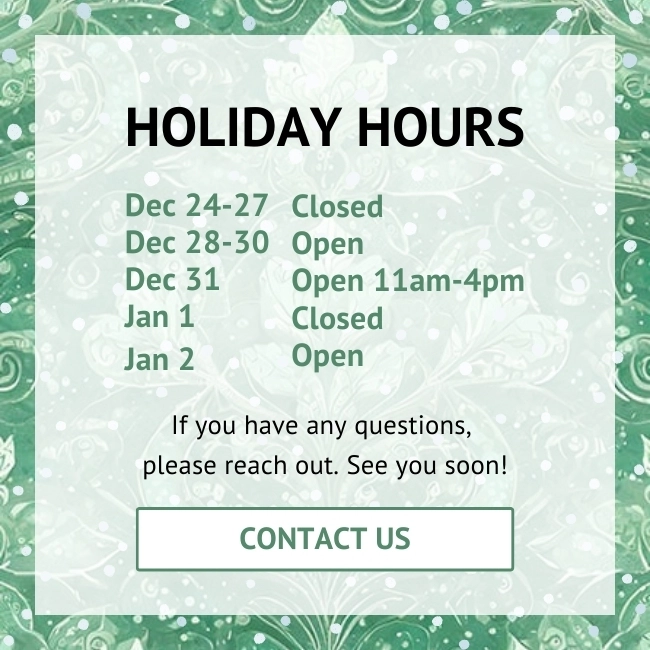Dark mode isn’t necessarily better for your eye health, but it might feel more comfortable in certain situations. While many assume that switching to dark mode can protect against digital eye strain, the truth is more nuanced. The real causes of screen-related discomfort, like reduced blinking, poor posture, and long hours without breaks, affect your eyes no matter which mode you use.
What is Digital Eye Strain?
Digital eye strain, also known as computer vision syndrome, affects up to 90% of people who spend three or more hours daily looking at screens. At Mint Eyecare, we see patients experiencing symptoms like:
- Dry, irritated eyes
- Blurred vision
- Headaches
- Neck and shoulder discomfort
- Difficulty focusing
These symptoms aren’t primarily caused by your screen’s colour scheme. Instead, they stem from how we use our devices and the environment around us.
The Real Culprits Behind Screen-Related Eye Problems
Reduced Blink Rate
When we focus intensely on screens, our blink rate is known to decrease dramatically. This reduction means our eyes don’t get the natural lubrication they need, leading to dryness and irritation. Whether you’re using dark mode or light mode, this physiological response remains the same.
Poor Viewing Distance & Posture
Many people hold their phones too close or position their monitors at awkward angles, which can lead to neck strain and visual discomfort. For comfortable viewing, your monitor should be directly in front of you, with the top of the screen at or slightly below eye level.
The screen should be at a distance that allows you to read without leaning in or squinting, typically about an arm’s length away. Proper monitor placement supports better posture and helps reduce both eye and muscle strain during extended screen use.
Inadequate Lighting Conditions
The brightness mismatch between your screen and your surrounding environment forces your eyes to constantly adjust. This continuous adaptation process contributes significantly to eye fatigue, regardless of whether you’re using dark mode or light mode.
Extended Screen Time Without Breaks
Prolonged focus on any near object, including screens, can lead to accommodative stress. When this happens, your eye muscles work harder to maintain focus, resulting in fatigue and discomfort.
Dark Mode Vs. Light Mode
Studies have found no conclusive evidence that dark mode provides superior eye comfort compared to light mode. In fact, research suggests that for most reading tasks, black text on white backgrounds may actually be easier to read for people with normal vision.
However, individual preferences vary significantly. Some people do report feeling more comfortable with dark mode, particularly in low-light environments. The key is finding what works best for your specific situation and visual needs.
The Blue Light & Eye Protection
Many people choose dark mode believing it helps reduce blue light exposure. While research on long-term damage from screen-based blue light is still evolving, we know that it can impact sleep patterns and contribute to digital eye strain.
At Mint Eyecare, we often recommend blue light lenses as part of a proactive approach to eye protection—especially for those who spend extended periods in front of screens. These lenses may help reduce eye fatigue and support more comfortable vision.

Practical Eye Health Tips for Screen Users
Follow the 20-20-20 Rule
Every 20 minutes, look at something 20 feet away for at least 20 seconds. This simple practice helps relax your focusing muscles and reduces eye strain.
Optimize Your Screen Settings
- Adjust brightness to match your surroundings
- Increase text size to reduce squinting
- Ensure proper contrast between text and background
- Position your screen to minimize glare from windows or lights
Maintain Proper Viewing Distance
Position your screen at a comfortable distance where you can see clearly without leaning in or straining your neck. Your screen should be slightly below eye level and easy to view without slouching or tilting your head. The Canadian Association of Optometrists recommends creating an ergonomic setup that supports natural posture and helps reduce visual fatigue over time.
Stay Hydrated & Blink Consciously
Drink plenty of water throughout the day, and make a conscious effort to blink fully and frequently while using screens. Consider using preservative-free artificial tears if you experience persistent dryness.
When to Choose Dark Mode
While dark mode isn’t universally better for eye health, it may be beneficial in certain situations:
- Low-light environments: Dark mode can reduce the overall brightness of your screen in dimly lit rooms
- Extended evening use: Some users find dark mode less disruptive to sleep patterns
- Personal preference: If you genuinely feel more comfortable with dark mode, there’s no harm in using it
- Battery conservation: On devices with OLED screens, dark mode can help extend battery life
Ultimately, the right screen mode is the one that supports your comfort and suits your environment. If dark mode helps you feel more relaxed while using your devices, it’s a perfectly valid choice. Just remember that good screen habits matter more than colour scheme.
Your Next Steps for Better Eye Health
Don’t let digital eye strain impact your daily life. At Mint Eyecare in Brampton, our experienced optometrists can help you develop a personalized strategy for maintaining healthy vision in our digital world. Whether you’re dealing with dry eyes, frequent headaches, or just want to optimize your screen habits, we’re here to help. Schedule your comprehensive eye exam today.




